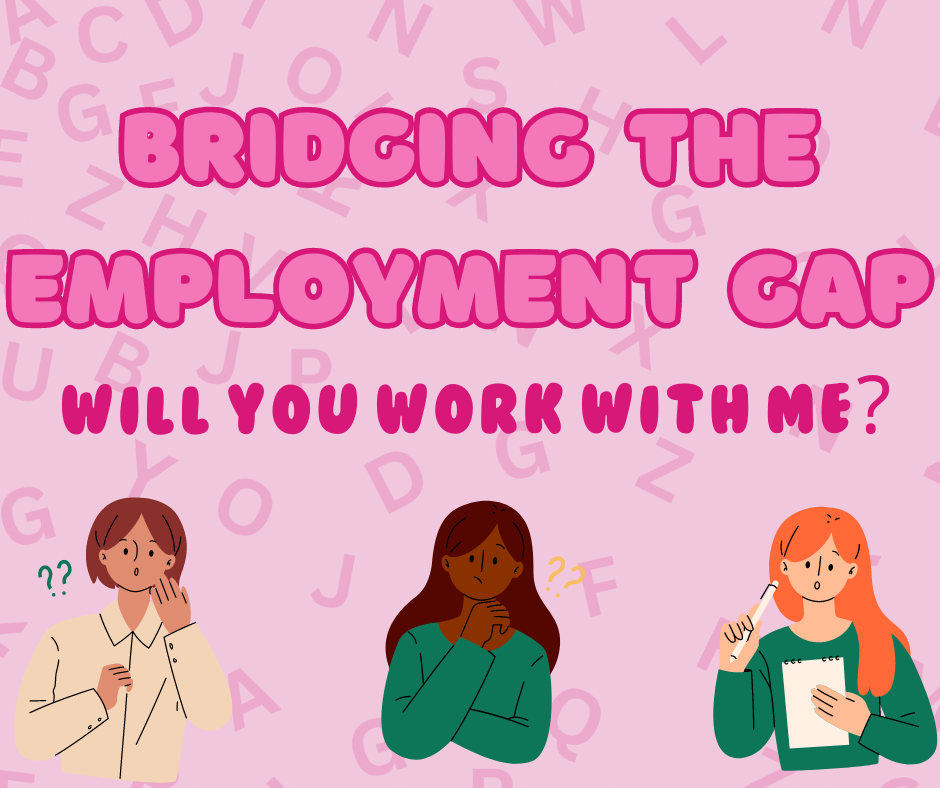The journey towards a fulfilling career can be challenging, especially for young women with learning disabilities.
According to the Office for National Statistics (ONS), the employment rate for individuals with severe or specific learning difficulties is just 17.6%, the lowest among all impairment categories (The Annual Population Survey, 2019). This statistic underscores the need for targeted support and resources to bridge this gap.

This graph shows how the Annual Population Survey has grouped all disabilities to form a very inaccurate employment rate regarding learning difficulties.
Mencap, a leading charity for people with learning disabilities, reports that only 5.1% of adults with a learning disability known to their local authority in England are in paid work (NHS Digital, 2021). This figure varies across regions, with London (7%) and the South East (6.9%) boasting the highest employment rates, followed by Yorkshire and the Humber (6.3%; NHS Digital 2020). These numbers highlight that densely populated cities tend to offer more opportunities, presenting an additional challenge for those in smaller towns or villages.
Interestingly, the data reveals a gender disparity: a higher proportion of men with a learning disability (6.2%) are in paid employment compared to women (4.8%; NHS Digital 2020). This statistic emphasises the additional hurdles that young women with learning disabilities must overcome to secure employment.
There are approximately 870,000 working-age individuals with learning disabilities in the UK, a figure calculated by Mencap using data from Public Health England (2016) and the ONS (2020). Despite the low employment rates, Mencap’s Big Learning Disability Survey in 2022 found that just over a quarter (26.7%) of working-age adult respondents were currently employed. Furthermore, research commissioned by Mencap revealed that 86% of respondents with learning disabilities who are not currently working would like a job, indicating a strong desire for employment among this group.
For young women aged 18-25, these statistics may seem daunting, but they also highlight areas for advocacy and improvement. Many organisations and initiatives are dedicated to creating inclusive workplaces and providing the necessary support to help individuals with learning disabilities thrive.
As we move forward, it’s crucial to continue raising awareness, pushing for policy changes, and offering practical support to ensure that every young woman, regardless of her learning ability, has the opportunity to achieve her career aspirations. Let’s work together to create a more inclusive and equitable job market for all.
To read more about Learning Disability Week 2024 click here- What is Learning Disability Week 2024? – Werk (werkmagazine.co.uk)




